
UNIVERSIDAD AUTÓNOMA DE NUEVO LEÓN
SECRETARÍA DE SUSTENTABILIDAD
Forest fires
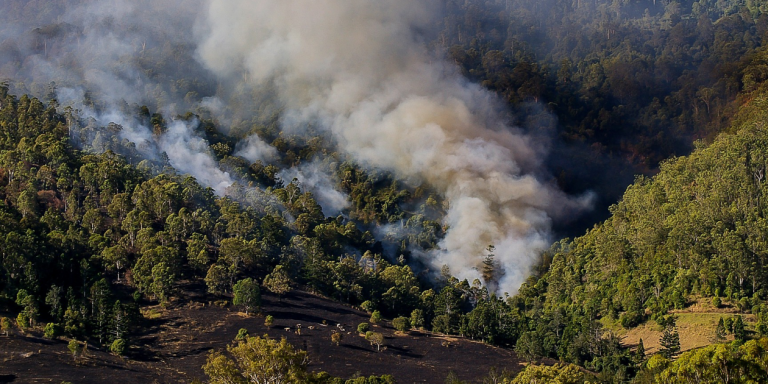
Forest ecosystems are characterized by being natural areas where different types of vegetation predominate, among which trees stand out. In addition, they contain biologically integrated communities of plants, animals and microorganisms that will interact directly with the soil and climate of the area. area, so forests, jungles, mangroves, xeric scrub, among others, fall into this category.
According to the Federal Environmental Protection Agency, forests and jungles are essential ecosystems for life, due to the important environmental services they provide, such as the maintenance of water sources, biological diversity, climate regulation, carbon capture, inter alia. In addition, they are a source of food, timber, fuel and medicinal resources; as well as recreation spaces so they are directly related to the well-being of the populations.
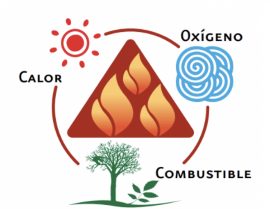
Forest fires are one of the main threats to forest ecosystems and occur when the fire spreads uncontrollably, and for it to happen, oxygen, heat and fuel are required, also known as the fire triangle.
According to the National Forestry Commission, in recent years they have been the product of agricultural activities, as well as intentional actions and carelessness of people who do not properly extinguish their cigarettes or bonfires. The effects can be of two types: the first order is when they have a direct impact on the components of the ecosystems and the second refers to the process of ecological succession after the fire.
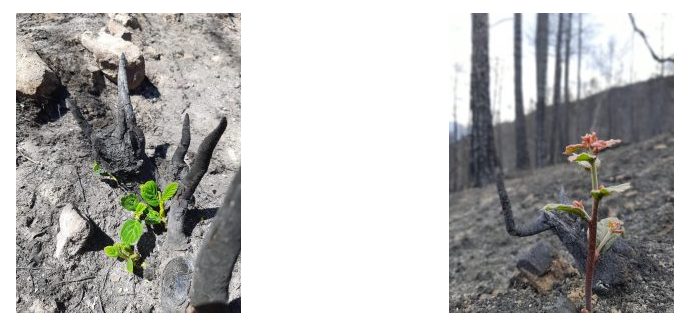
It is important to mention that fire is not always bad, it also has its positive side because making proper use of it contributes to maintaining the diversity of various ecosystems, which is why according to the National Institute of Ecology it is important to understand the role ecological nature of fire as part of the restoration, conservation or management of ecosystems, which makes it an ecological tool as long as it is used correctly, which does not happen in forest fires, which is why they become risk factors for the environment. environment and people.
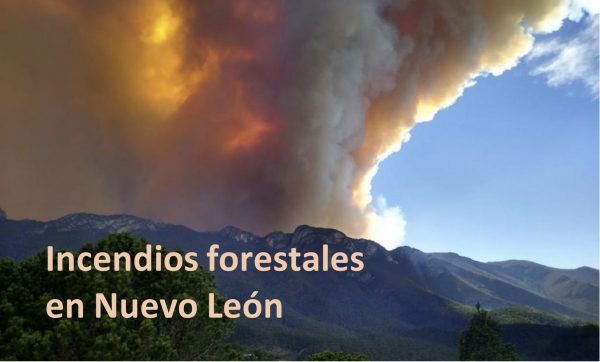
The state of Nuevo León is characterized by having a submontane scrub type ecosystem, that is, dry and semi-dry climate predominates, and the Forest Fire season in the state is considered from January to August of each year, with the months of February being to May where the highest incidence of this type of events occurs (Civil Protection, 2022).
In April of this year, a large forest fire occurred that affected nearly five thousand hectares of vegetation - mostly leaf litter and grassland - in the Sierra de Santiago (Robledo, 2022), and was apparently caused by human activities.
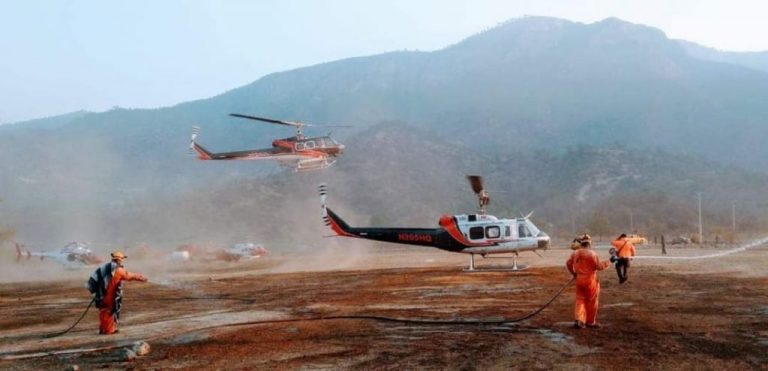
According to information provided by the National Forestry Commission (CONAFOR), up to 90% of forest fires are due to human activities. In the State of Nuevo León, the most important causes are agricultural burning, bonfires, smoking, and burning of garbage cans (Civil Protection, 2022).
A forest fire cannot be fought alone; there are heroes without capes who are in charge of carrying out such a risky and complicated task. For this reason, on July 11 in Mexico, we commemorate the Day of Forest Fire Fighters, remembering how relevant this mission is, as well as raising awareness among the population to prevent these incidents from occurring.
The prevention measures that we can follow to contribute to the protection of forest ecosystems are:
- Do not throw matches or lit cigarettes on the road, especially in the middle of the forest.
- Do not throw trash such as bottles or glass.
- Don't make bonfires
- Do not leave anything flammable after camping
LET'S AVOID FOREST FIRES!
Compilators:
Nallely Vázquez García
MPLO Celia Rodríguez Barrientos
References:
Comisión Nacional Forestal. (2010). Incendios forestales. Guía práctica para comunicadores. http://www.conafor.gob.mx:8080/documentos/docs/10/236Gu%C3%ADa%20pr%C3%A1ctica%20para%20comunicadores%20-%20Incendios%20Forestales.pdf
Gobierno de Nuevo León. (2022). Medidas preventivas para evitar incendios forestales. https://www.nl.gob.mx/medidas-preventivas-para-evitar-incendios-forestales
Kimmins, J. (2003). Ordenación del ecosistema forestal: una necesidad del medio ambiente. Pero, ¿se trata de una realidad práctica o simplemente de un ideal eco-utópico?. https://www.fao.org/3/xii/ms18-s.htm#:~:text=Los%20ecosistemas%20forestales%20son%20zonas,climas)%20con%20los%20que%20interact%C3%BAan.
Protección Civil. (2022). Programa especial “Incendios forestales 2022″ https://www.nl.gob.mx/publicaciones/programa-especial-incendios-forestales-2022
Robledo, R. (2022). Controlan incendio en la sierra de Santiago, Nuevo León. https://www.jornada.com.mx/notas/2022/04/18/estados/controlan-incendio-en-la-sierra-de-santiago-nuevo-leon/
Vida Universitaria. (2022). Sociedad y universitarios unen esfuerzos para restaurar bosque escuela. https://vidauniversitaria.uanl.mx/sustentabilidad/sociedad-y-universitarios-unen-esfuerzos-para-restaurar-bosque-escuela/
Imágenes:
https://arise.mx/incendios-forestales-aumentaran-un-50-en-2100-y-los-gobiernos-no-estan-preparados/